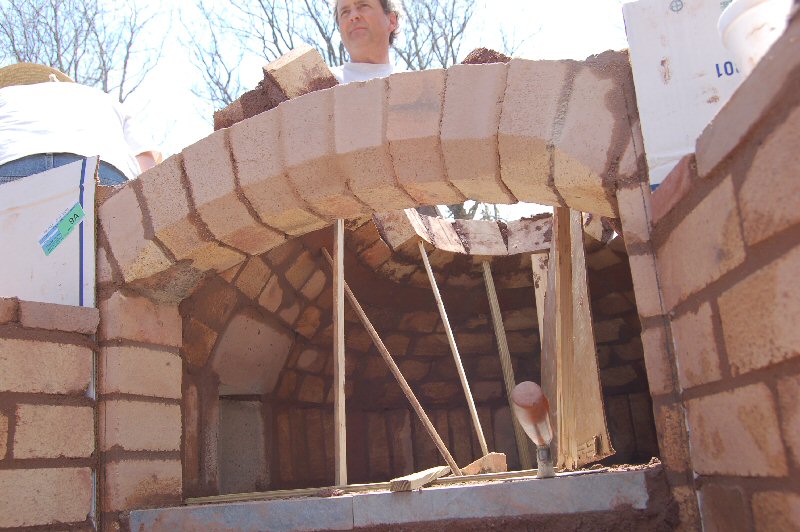ok I have only the last few brick in the dome every thing is realy comming together, I am taking pictures as I go and keeping a full jurnel of each step. I will post the photos next week. what size flu should I use for a 36" pompaii 17"s high with an opening 18.5" wide and 11" high. Thanks for any Info on this
Ronnie
Ronnie







Comment